Wild birds make brilliant garden buddies as they eat pests, look and sound pretty and will even do your weeding for you. They also hold the key to the world’s largest wildlife survey – the RSPB’s Big Garden Birdwatch. Taking them under you wing will soon transform your garden for the better, so keep them flying high to see your flowers flourish.
Count yourself lucky
The RSPB’s Big Garden Birdwatch is a yearly event inviting you to observe the birds that visit your patch and this year it’s taking place on the 26-28th January. Taking part is a real joy and will also help scientists to track changes in the populations of the 570 wild bird species that are found in the UK.
Bird species tend to vary across regions so you’re more likely to see bullfinches if you live in Wales and more likely to see blue tits if you live South of London. Scientists have now also discovered that birds from different regions have local accents just like us.
What’s a bird to do?
These chirpy chaps are helpful to have around because they keep pest populations in check. Caterpillars, beetles, grubs, and larger insects like spiders are all part of their diet and some birds absolutely love snails and slugs.
Blackbirds don’t know how to break snail shells so they’ll listen for song thrushes and rob their spoils. All this helps to protect our prize blooms from pests that might otherwise munch them into oblivion.
Step out into your garden in the early hours and you’ll experience a glorious dawn chorus to uplift your spirits and nourish the soul. These birdsongs are full of claims to territories and mating calls.
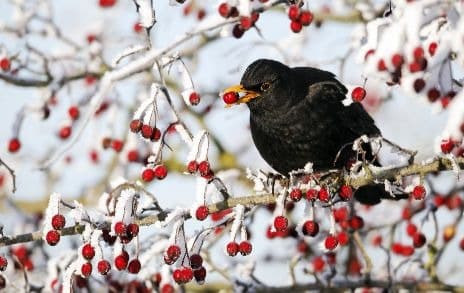
Listen out for goldfinches, recognised by the vibrant stripe of yellow on their wing and their unique song—a chatty twittering that blends to sound like multiple voices.
As well as providing music to our ears, birds will do our weeding for us. Sparrows, finches, and dunnocks will eat weed seeds, eliminating the unwanted plants while you sit back and enjoy a nice cup of tea.
Under your wing
To attract these handy helpers, try not to over-tidy. Leaving some dead stems and leaves will provide natural habitats that garden wildlife needs. If your hedgerows are looking sparse, plant bushy additions like Crataegus monogyna (hawthorn) in mid-autumn to late winter and establish ground cover plants like wildflowers and grasses such as Festuca gautieri—which will also seed to provide birds with winter food.
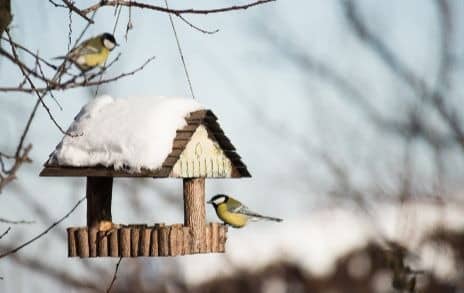
Low-maintenance ivy variety ‘Goldchild’ is best for un-kept corners whilst Lonicera (honeysuckle) will not only provide cover but also attract insects in the summer for birds to enjoy.
By adding these to your plot, your garden will go from a pit stop to a happy homestead for all.
Bird tables and feeders will soon get birds flocking in but may take a few days to be noticed. Kept hygienic and frequently topped up, you’ll encourage regular visitors and save hungry birds a wasted journey.
Bring in a flurry of chaffinches, great spotted woodpeckers and nuthatches using crushed peanuts in meshed feeders to avoid creating a choking hazard for nestlings, who cannot enjoy nuts whole. High-fat snacks like suet balls will offer an all-important energy boost for birds in winter and popping out fresh water will give them something to wash their dinner down with. For more info look at rspb.org.uk.
Birds of the moment
Interestingly, while some birds, like the house sparrow, have been in decline in recent years, it’s not all doom and gloom as others like the goldfinch, nuthatch and blackcap are on the rise. Some species even physically adapt in order to thrive.
The great tit’s beak changes shape over the year to help it adjust to changes in food supply from insects to seeds.
Birds to keep an eye out for now include robins and Scandinavian waxwings, which often become bolder during winter when searching for food.
You are likely to see blackbirds on bare ground, in leaf litter or short grass, whereas robins often appear near recently turned soil on the hunt for worms. Hamamelis (witch hazel) is in flower at the moment and will produce nectar to attract pollinating insects, even in the coldest weather.
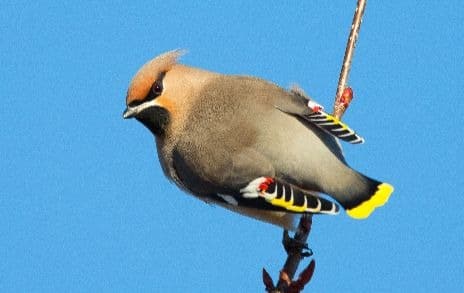
Birds of a feather
Tip:
Plant spring onions
in among your carrots and the smell will
deter carrot-root fly. Furthermore, the smell of
carrots will repel any onion flies, so they
protect each other.
This year marks 40 years since the RSPB’s bird count first began. With around half a million people taking part, it’s one of the biggest citizen science events around and over 130 million birds have been counted since 1979. So join the party and get counting these magnificent garden friends.
It’s a truly fantastic way to get kids engaged with wildlife and, as time goes on, your garden birds will become more confident, so start now and watch as your garden grows better every day.
Reader questions
What will treat my fungi-ridden Lenten Rose?
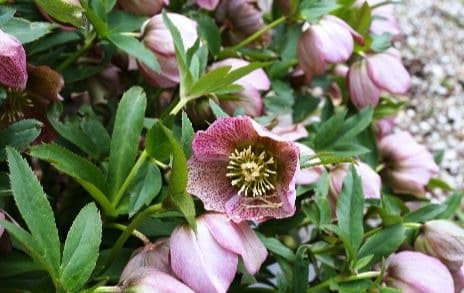
Helleborus orientalis (Lenten rose) is susceptible to leaf spot, a fungal disease. 85% of plant diseases are fungal-based so having a mix of tea-tree solution ready to use is always handy. Mix 1 tbsp on tea-tree to a cup of water and mist twice a week. It will also deter flying insects.
How can I keep my neighbour’s cat away?

Local cats can be a nuisance to your garden birds and vegetation so try using dried tea bags situated in your flower beds and spraying them with muscular heat sprays. These muscle rubs are usually oil based so the scent will discourage cats for up to two weeks.

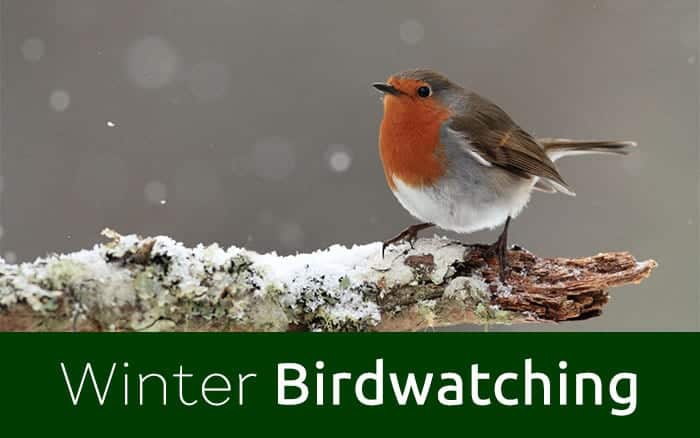
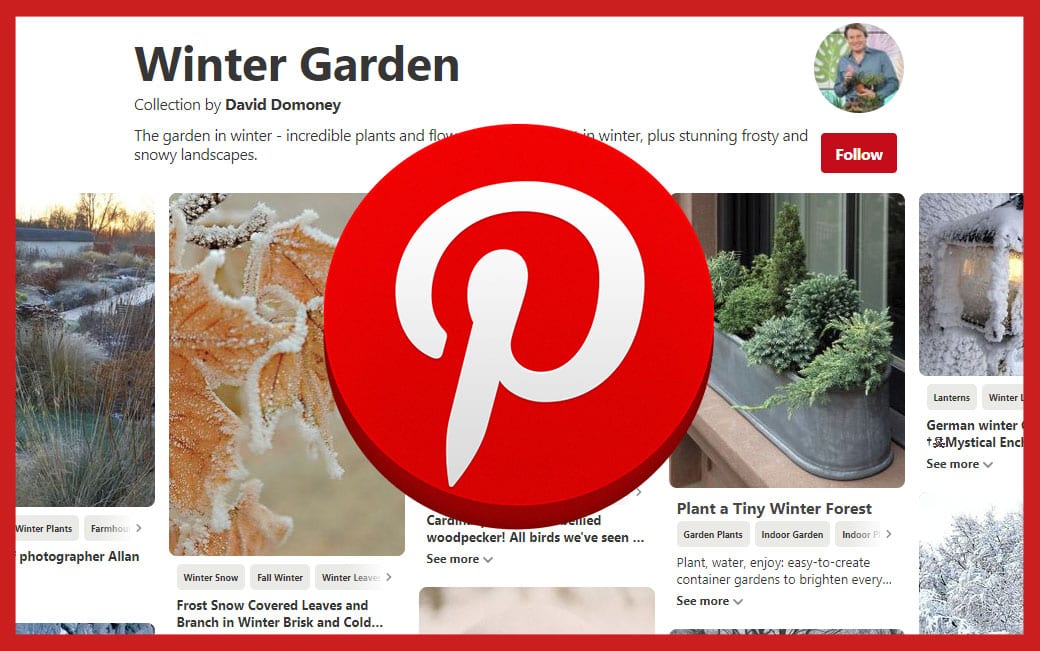

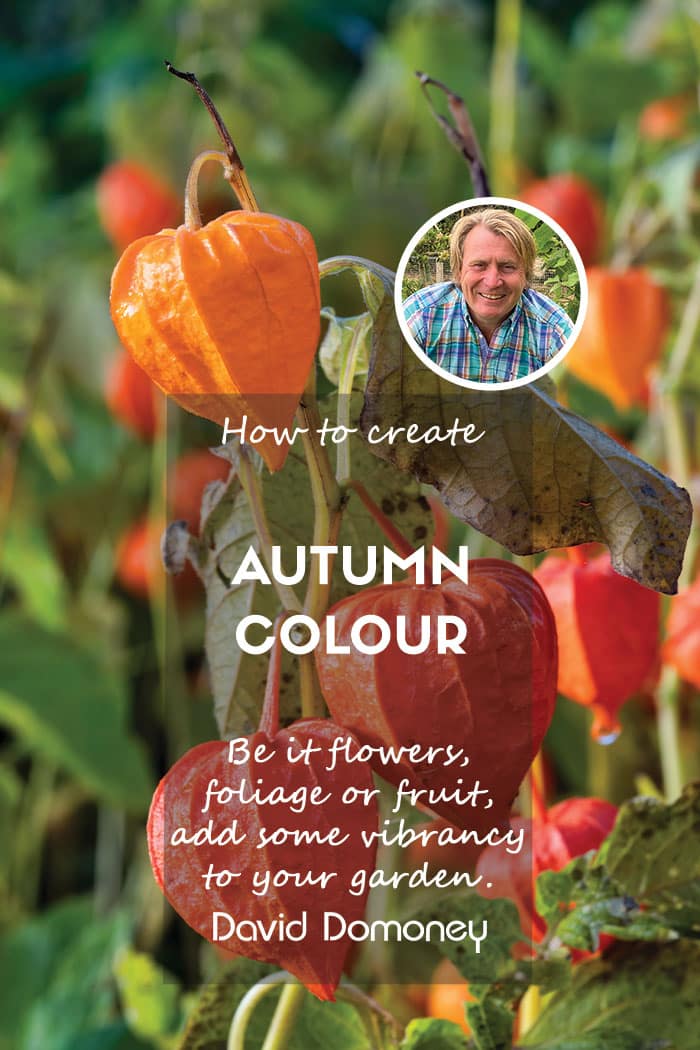
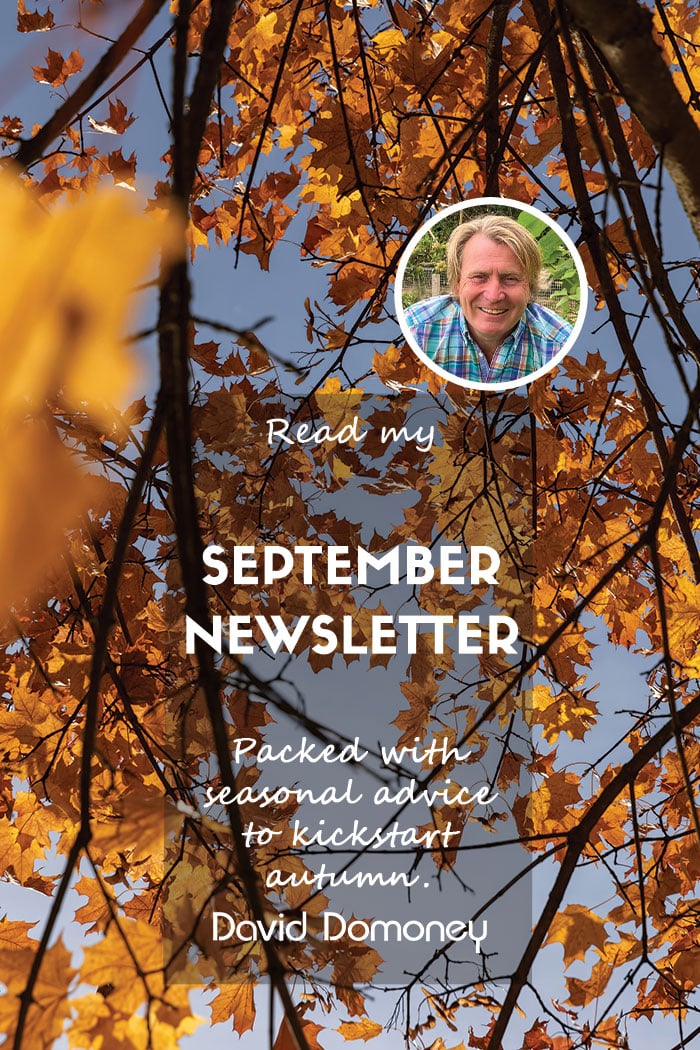

Leave A Comment